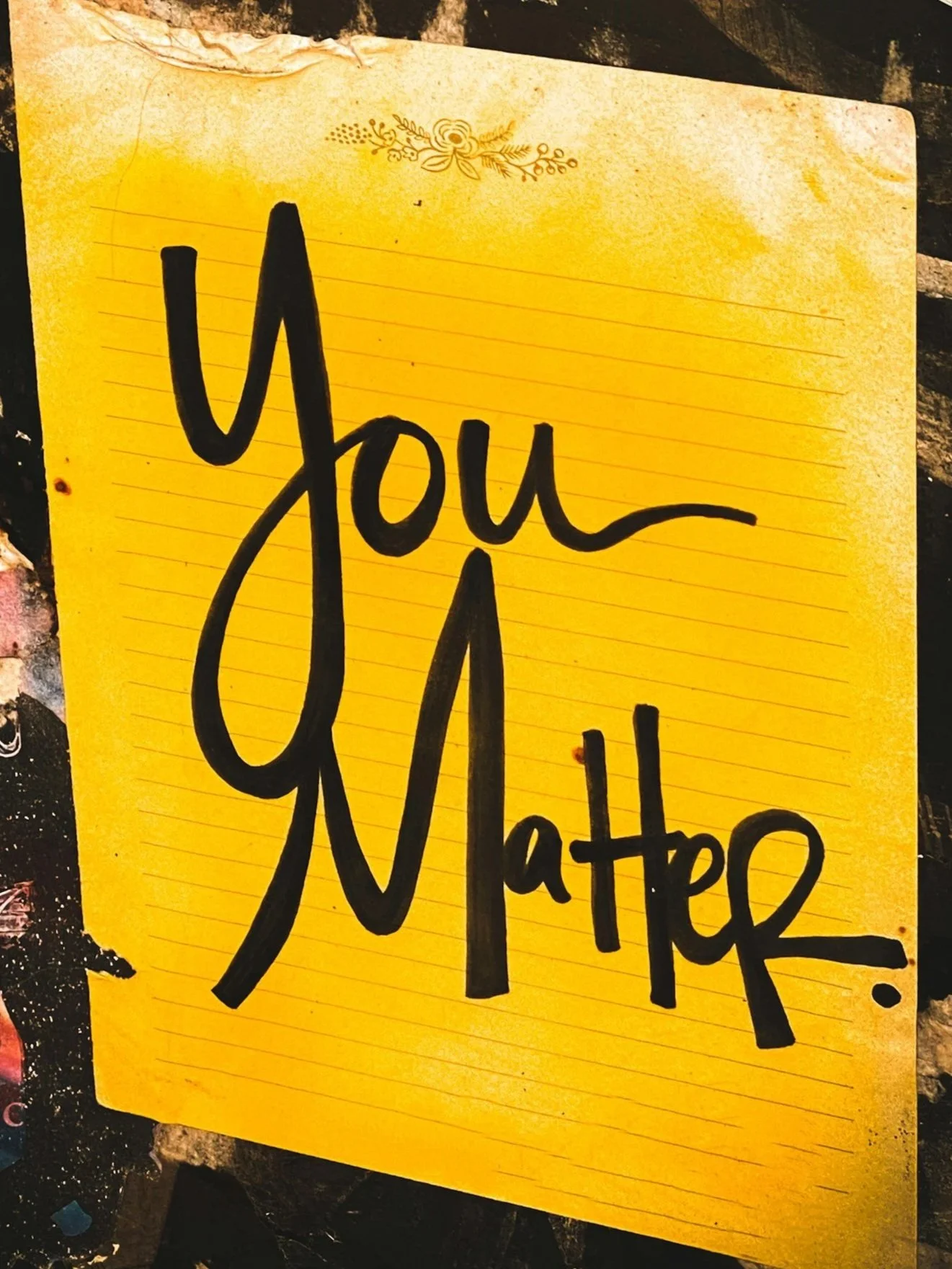What is Validation?
We’ve all been in conversations where we just want to feel heard, whether with a partner, parent, friend, or even with ourselves. Sometimes, others try to help but end up shutting us down (“You’re overreacting”) or accidentally agreeing with something unhelpful.
Validation is the skill of recognising and acknowledging someone’s feelings without necessarily agreeing or giving in.
What is Validation?
Validation means recognising and showing understanding for someone’s emotional experience. It doesn’t mean saying someone is “right.” Instead, it’s like saying:
“I see you. Your feelings make sense, even if I don’t share your perspective.”
The Tree
Imagine someone bumps into a tree and says, “Ouch, that hurt!”
Not validating: “You’re being ridiculous, it’s just a tree.”
Over-validating: “You’re right, that tree shouldn’t exist.”
Balanced validation: “That looked painful. I get why it hurt. Let’s see how to help.”
We validate the feeling of pain, not necessarily the reaction that follows.
Validation Is Not Agreement
Think of validation as a compass. It helps us understand where emotions are pointing, without deciding whether the direction is “right” or “wrong.”
Validation is:
Listening fully
Acknowledging emotions as real
Showing empathy
Reducing defensiveness
Validation is not:
Agreeing with every statement
Approving harmful actions
Losing your own boundaries
Avoiding honesty
Why Validation Helps
When people feel validated, they are more likely to:
Calm down emotionally
Feel less defensive
Engage in problem-solving
Strengthen connection in relationships
Research supports validation as a tool for emotion regulation. In DBT, for example, validation helps reduce distress and improve communication (Neacsiu et al., 2018).
The Broken Arm Metaphor
If someone arrives at the hospital with a broken arm and the nurse says, “It’s not that bad, others have worse,” the patient feels dismissed, but if the nurse says, “That looks painful, let’s get you looked after,” the patient feels calmer, even before treatment begins. Validation works the same way for emotional pain; it soothes before solutions.
Six Levels of Validation (from DBT)
Psychologist Marsha Linehan developed a model for different ways of validating. Here’s a simplified version:
Level 1 - Pay Attention
Notice the emotion, what is the person feeling?
We stay present, listen fully, and give our attention. No phone and no distractions.
“I’m listening.”
Level 2 - Reflect Back
Name the feeling.
Summarise or repeat what we hear to show we’ve understood.
“You seem really frustrated” / “You’re saying you felt ignored.”
Level 3 - Read Between the Lines
Connect to context.
We notice what’s not being said.
“It seems like you’re feeling left out…” / “You seem angry, but maybe also hurt?”
Level 4 - Understand in Context
We make sense of feelings based on someone’s past or situation.
“Given what happened last time, I get why you’re cautious.”
Level 5 – Normalise
We name the part of the emotion that makes sense.
“Anyone in your position would feel overwhelmed.” / “It may not have been okay to yell, but I understand the feeling.”
Level 6 - Radical Genuineness
We speak as equals, without judgment.
No fixing, just realness.
“I believe you. I care.”
You don’t have to use every level. Even Level 1 (paying attention) can lower emotional intensity.
The “Feel, Find, Validate” Method
Feel – Notice the emotion in yourself or others.
Find – Identify something about it that makes sense.
Validate – Acknowledge it out loud.
Example:
Child: “You never listen to me!”
Parent: “I hear how upset you are, it must feel frustrating. Let’s slow down and talk.”
Self-Validation: Supporting Yourself
We can also validate our own emotions:
“It makes sense I feel anxious; this is an unfamiliar environment.”
“I’m overwhelmed, and that’s a normal response to today.”
“I’m doing my best with the tools I have.”
Self-validation is not “letting ourselves off the hook.” It’s creating enough calm to make wiser choices.
When Not to Validate
Validation does not mean endorsing harmful behaviour.
You can say:
“I get that you’re hurt, and it’s not okay to yell at me.”
“I can see how scared you feel. I won’t lie, but I’ll stay with you.”
Everyday Settings for Validation
Validation can be practised in many areas of life:
Parenting: “I can see this feels unfair, it makes sense you’re upset.”
Relationships: “I understand you felt shut out. Let’s work on doing this differently next time.”
Workplace: “That project sounds stressful. I’d feel the same in your position.”
Remember:
Validation is a skill that builds stronger, calmer, and more respectful connections.
Feelings are real, even when behaviours need boundaries.
You can validate the pain without validating the punch.
Validation is not weakness; it’s a strength that creates space for change.

